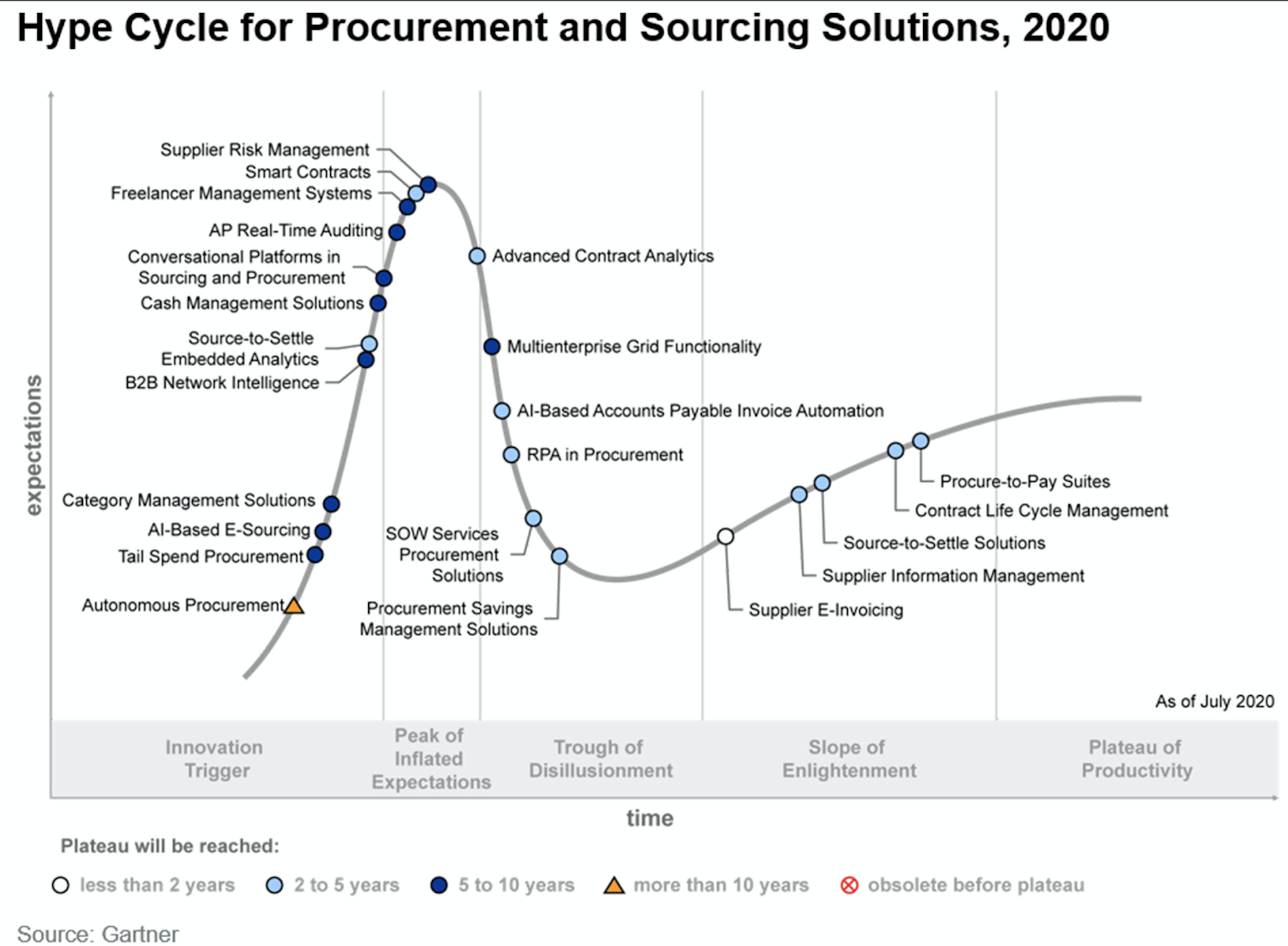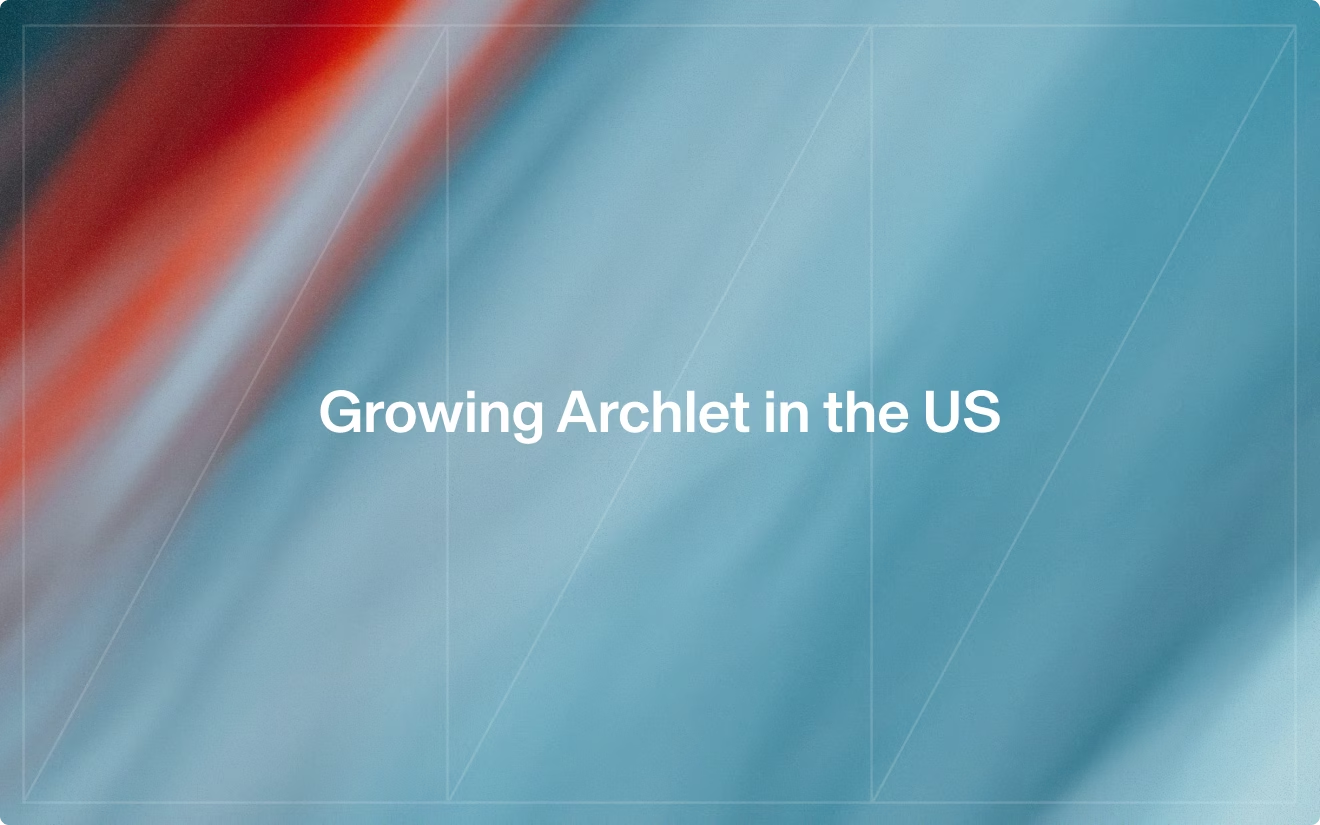Webinar round-up: The future of sourcing and negotiations

Webinar round-up: The future of sourcing and negotiations
The webinar “The future of sourcing & negotiations: holistic decisions for improved savings, stakeholder engagement, and supplier relationships" brought together over 800 Procurement professionals from 350+ companies across 30 countries to hear perspectives from industry veterans and Procurement thought leaders on the current state and possible future opportunities of sourcing & negotiation technology.
Once upon a time Procurement was all about negotiating the best deal at the lowest cost. With time, the idea of Total Cost of Ownership emerged and changed the definition of low cost. Unfortunately, negotiation tactics didn’t necessarily evolve in the same way. Today, technology is changing the rules of the game again – but where will it take us?
Moderated by Jacob Larsen, Founder of Moneyball CPH and former Head of Digital Procurement at Maersk, the webinar “The future of sourcing & negotiations” brought together industry experts & thought leaders Dr. Elouise Epstein of Kearney, Procurement technology analyst Koray Köse of Gartner and our very own, Fabian Lampe, to provide a glimpse into the crystal ball.
Key Takeaways
- eSourcing solutions have struggled with adoption issues since their beginning – managing the change is key to a successful transformation
- Hybrid solutions and microservices will become the norm as suites struggle to deliver on evolving organizational needs and pain points
- User-friendly sourcing optimization can facilitate holistic decisions and make data actionable
- The ROI of digital transformation is always positive
- Category managers will be augmented by technology, not replaced by it
From past to present: the evolution of the sourcing technology landscape
To ensure all participants have a common understanding of the status quo in sourcing technology, Jacob Larsen started the session by providing a brief history of eSourcing technology. He drew the line from the early beginnings of eSourcing and eAuctions with Freemarkets and Glen Meakem towards the development of more advanced sourcing solutions using combinatorial (sourcing) optimization like CombineNet.
Jacob concluded his introduction by pointing out the emergence and proliferation of new solution providers over the past years. This latest development introduced new concepts like sourcing and negotiation bots, where algorithms autonomously execute sourcing events or supplier negotiations. He dedicated a full chapter to these developments in his book “A practical guide to eAuctions for Procurement”.
.jpeg)
This evolution is depicted nicely by an illustration developed by DPW and Kearney. Here the history of Procurement technology is approached on a more general level, displaying the move from the ERP era to Procurement suites into a best-of-breed era.
The future of sourcing and negotiation technology
Dr. Elouise Epstein explained the recent rise of best-of-breed solutions as a response to shortcomings of modern-day Procurement suites. Their inability to respond to evolving customer needs led to the incubation of various new solution providers that are very targeted on specific pain points along the Procurement process.
She sees the future of Procurement technology in more targeted solutions or microservices that operate within an ecosystem, as explained in her book “Trade wars, pandemics, and chaos” or the article “The future of Procurement: moving beyond mediocre technology”. The development of the SAP store or the SAP.io program underpin this move towards a more open ecosystem. For sourcing, she believes that RPA and bots negotiating with bots are more of a hype than a cure to existing problems. Sourcing optimization capabilities that empower sourcing managers with actionable data on the other hand are a realistic and proven enabler for organizations to leapfrog towards smart automation and holistic decisions.
Koray Köse, Sr. Research Director of Gartner, introduced the concept of the Gartner Hype Cycle to illustrate how expectations towards technology develop over time. He explained that not all technologies mature to the point of mass adoption and that not every hype necessarily becomes reality, which added some caution and balance to the discussion.

The panelists also discussed the future option of organizations deploying multiple tools for the same or similar tasks in parallel, like implementing multiple category specific sourcing tools or using standard and advanced sourcing tools side-by-side. This perspective was contrasted by the fact that organizations already struggle with getting use and adoption out of a limited number of solutions.
Fabian Lampe, Head of Marketing & Procurement at Archlet, highlighted that everybody is talking about bots and automating everything while most organizations haven’t managed to implement or drive adoption of well-established basic capabilities like eSourcing or eAuctions. Most organization still work with Outlook and Excel for managing tenders.
He outlined that broad adoption of tools requires change management but also a different approach of tech providers. By taking a more consumer-driven approach to user interface and experience design, providers can reduce adoption barriers for users and increase the willingness to engage with technology.
Disappearing Centers of Excellence and the changing role of category managers
Throughout the session, the implications of technology on the Procurement Operating Model, Centers of Excellence and strategic sourcing managers were discussed. The panelists agreed that technology cannot be viewed in isolation, but that it needs to be viewed in connection with the dimensions Processes and People. Organizations and individuals need to adapt to the opportunities and capabilities offered by technology and be able to develop informed opinions to not be pushed aside by lofty sales claims and promises.
Dr. Elouise Epstein argued that the role of COEs will change or that they might disappear altogether with the rise of more user-friendly sourcing tools. She pointed out that they only came into existence because of the complexity and lack of usability of such tools, especially in the space of auctions or sourcing optimization. Jacob Larsen countered that the adoption of tools might severely diminish without a dedicated team focused on driving usage and identifying new use cases. Fabian Lampe offered that user-friendly tools can broaden the adoption to a much wider user base and more use cases, which simply might expand the reach of COEs at a reduced headcount.
In this context, Koray Köse stressed the importance for every sourcing manager to clearly ask themselves if they are willing to adapt their ways of working and learn new skills. Procurement will evolve and the importance of handling data will only increase. While technology hasn’t replaced people in the past, their roles have changed drastically. With tools eliminating non-value adding tasks, skill requirements will shift even stronger to soft skills like building relationships or critical thinking.
Practical advice for embracing the future of sourcing technology
The session concluded with each participant sharing some practical advice for embracing the future of sourcing technology. Fabian recommended to review all solutions through the lens of usability and ease-of-use as this would be the main driver for user adoption and ultimately Return On Investment. Koray made a strong case for improving the digital literacy of Procurement professionals on the opportunities offered by technology and to adopt new trends through a “start small, fail fast” approach. This way, lengthy and costly implementations can be avoided, and a first mover advantage be secured.
Elouise elevated this recommendation to the leadership level by clearly calling on CPOs to embrace and drive the digital agenda as a CPO priority. CPOs need to understand their role in driving change and pushing the boundaries. By understanding technology and the potential of failure, outstanding leaders can ensure swift returns on their investment, even if some experiments fail.
For additional information on the opportunities offered by advanced sourcing tools, download the supporting white paper "A beginners guide to Sourcing Optimisation".


